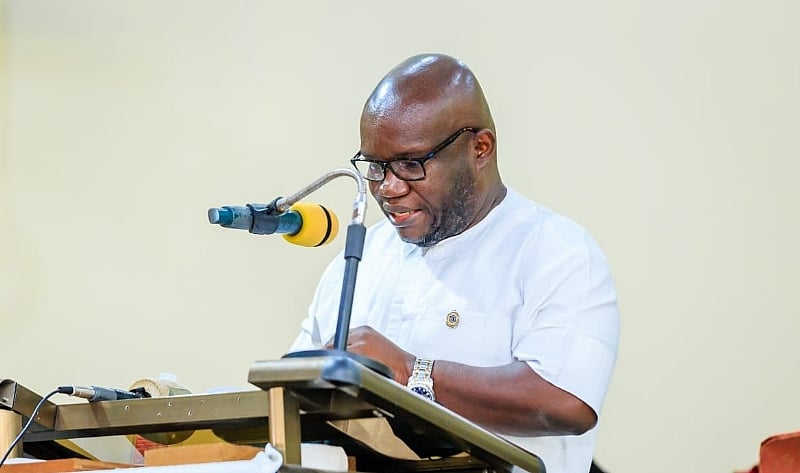Dr Kenneth Ashigbey, Chief Executive Officer(CEO), Ghana Chamber of Telecommunications, says Ghana recorded 5,600 fibre optic cable cuts in 2024.
This widespread damage resulted in an estimated cost of US$9.2 million, equivalent to over GH¢138 million for the sector.
The CEO made these remarks at the 24th edition of the Chamber of Telecommunications Knowledge Forum in Accra, which was attended by the Director-General of the National Communications Authority (NCA) and representatives from various telecommunications companies in the country.
The forum, on the theme, “Leveraging Fibre for Accelerated Development”, also saw the unveiling of the Telecommunication Industry Optic Fibre Minimum Specifications and Standards Manual.
This document is aimed at guiding and harmonising the deployment of fibre optic infrastructure across Ghana.
Dr Ashigbey emphasised the significant impact of these disruptions, extending beyond the direct financial cost to the telecommunications companies.
He highlighted the loss of revenue, reputational damage, and the extensive time spent on restoration efforts, which collectively amounted to over 432 days in 2024.
Dr Ashigbey noted the financial impact faced by the industry, stating that the average cost per fibre cut stood at approximately US$23,000.
He lamented the repeated instances of damage at the same locations, prolonging repair times and exacerbating the impact on businesses and essential services.
“This destruction costs the telecom companies, small businesses in effect, banking services, emergency communication, education delivery, among others,” he said.
He identified road construction as the primary cause of the fibre cuts, accounting for 20.68 per cent of the total.
“Other significant causes included theft and vandalism (13.98 per cent), often fuelled by the mistaken belief that copper is embedded in the fibre cables, as well as the activities of private developers,” he said.
The CEO also cited broken ports, drain construction, fire, farming, flooding, and accidental damage by utility companies like Ghana Water and the Electricity Company of Ghana (ECG) as contributing factors to the extensive fibre cuts.
Dr Ashigbey stressed the vulnerability of the nation’s critical digital infrastructure and called for collective action to protect it.
He acknowledged the support received from regulators and policymakers, including the NCA, the Cyber Security Authority, and the Ministry of Communication, Digitalisation and Innovation.
However, he called for intensified collaboration with infrastructure stakeholders, particularly road agencies, utility companies, and assemblies, to ensure the protection of telecommunications infrastructure during development projects.
“Key recommendations included mandatory relocation of telecom data cables in new road constructions, strict enforcement of excavation permits, and the establishment of dedicated utility management units within road agencies,” he said.
Dr Ashigbey also called for decisive action against individuals and entities deliberately damaging the fibre optic network.
He pointed out that the funds spent on repairing fibre cuts could have been used to expand connectivity to underserved areas.
Dr Ashigbey appealed to stakeholders to prioritise the protection of Ghana’s digital backbone.
He urged the Minister of Communication, Digitalisation and Innovation to champion legislation that consolidates existing laws and ensures the robust protection of telecommunications infrastructure.
He also called on the Ministers for the Interior and the Attorney General to support the implementation of such a law.
GNA


